The most remote small towns in the UK and around the world
Far-flung boltholes around the globe

maloff/Shutterstock
From tiny hamlets clinging to cliff faces to dinky villages perched on oceanic islands, the world's most remote towns are often as breathtaking as they are isolated. Some can only be reached after days at sea, others have survived with just a handful of residents for generations and others endure some of the world's most extreme weather.
Read through this gallery for a whistle-stop tour of the remotest settlements on Earth...
Ittoqqortoormiit, Greenland
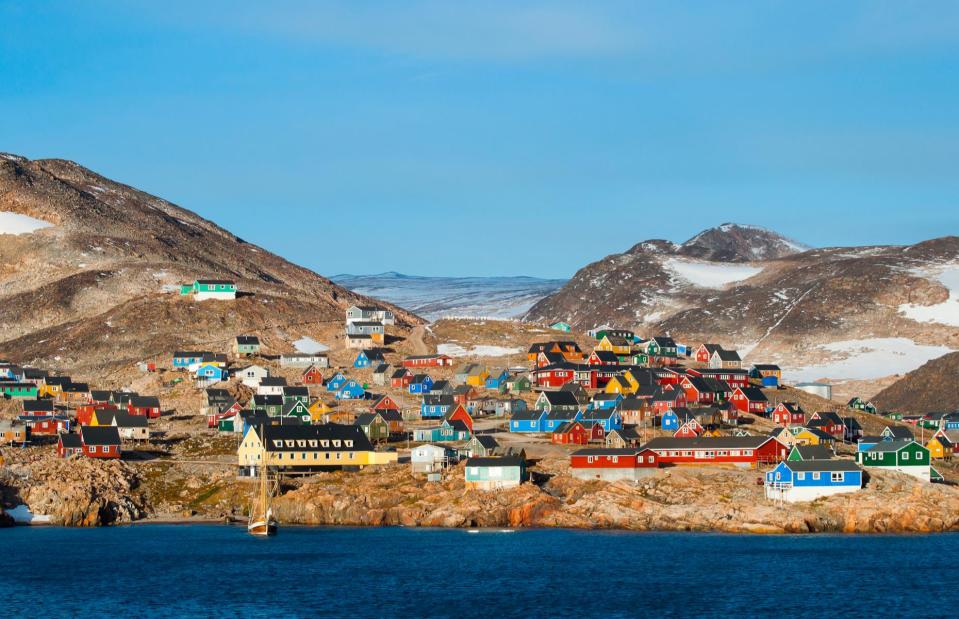
Adwo/Shutterstock
A hodgepodge of rainbow houses make up Ittoqqortoormiit, a remote settlement often tipped as 'the edge of the world'. This little village sits on Greenland’s eastern coast, hugged by snow-crowned mountains and surrounded by sea ice (which the 350 or so residents use for hunting). Helicopter is the only way in or out of this Arctic outpost for most of the year, although a few ships dock at the harbour each year to bring in supplies.
Hana, Maui, Hawaii, USA
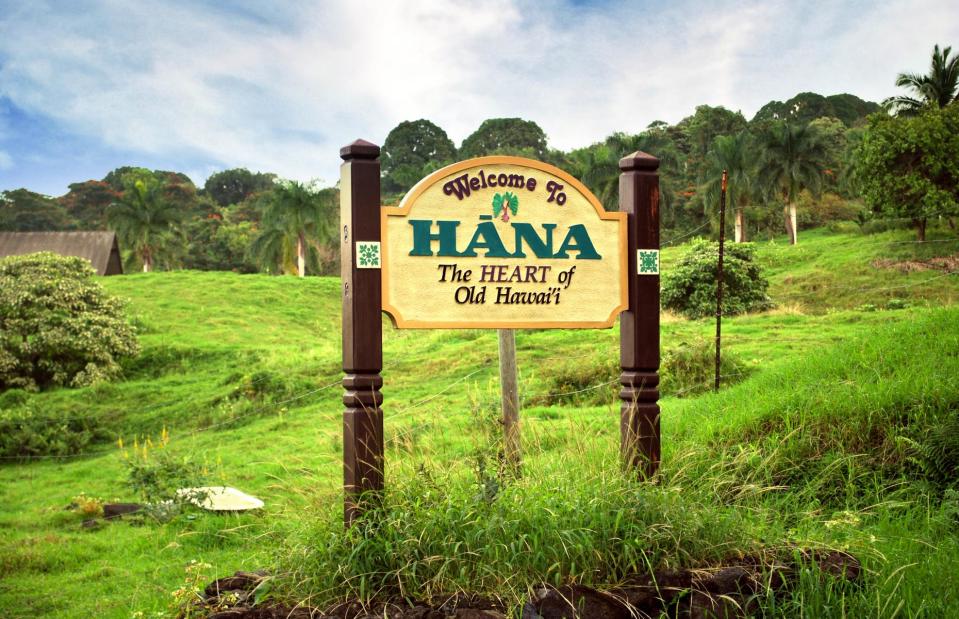
Chris Driscoll/Shutterstock
The Road to Hana – a white-knuckle route with hairpin bends, tight one-lane tracks and ocean views – has become more famous than little Hana itself. But the teensy town, in the remote eastern corner of Maui, holds its own. Life moves at a slow pace here, with stellar beaches, shops selling Hawaiian crafts and green as far as the eye can see. Authorities suggest experiencing Hana's perilous road approach via a tour led by professional guides.
Applecross, Scotland, UK
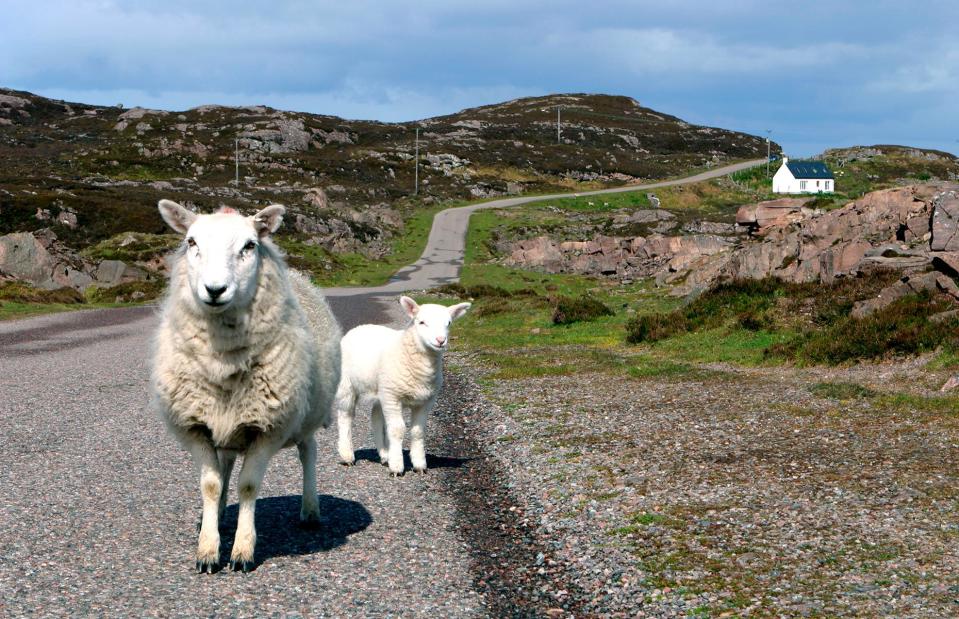
Peter Thompson/Heritage Images/Getty Images
Scotland isn’t short on far-away idylls, but Applecross – a rugged peninsula with a teensy village – is up there among the most remote. It’s reached via the infamous Bealach na Ba (or Pass of the Cattle), a cloud-skimming route that’s all heart-pumping bends and switchbacks. The village itself – known to locals as 'The Street' – is just a string of whitewashed houses on the waterside, plus lauded local boozer the Applecross Inn.
Coober Pedy, South Australia, Australia
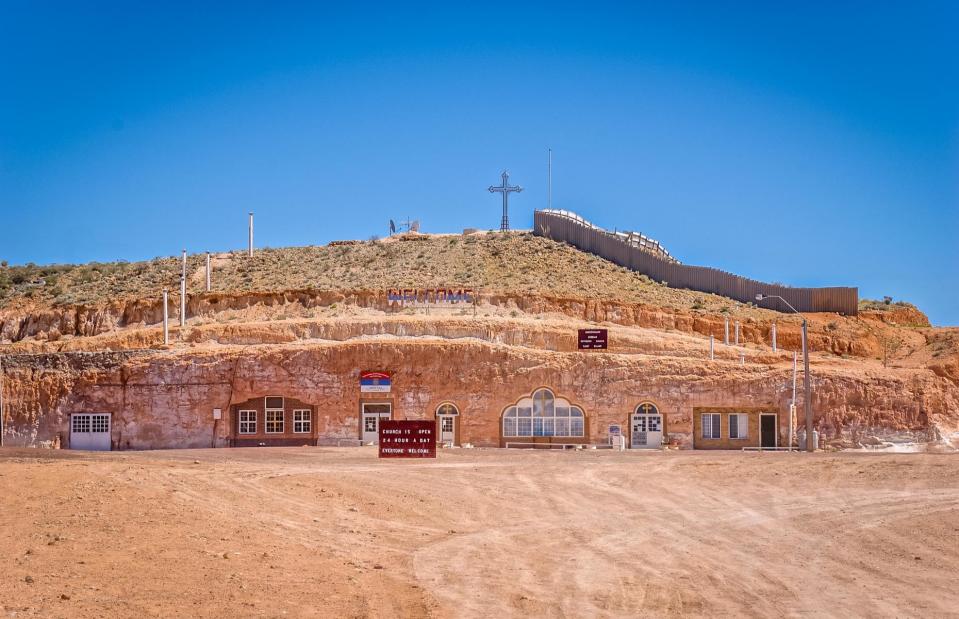
JuliaST/Shutterstock
This desert hideaway lies in the distant South Australia outback, and miners have long flocked here to dig for opals. Coober Pedy is still known as the opal capital of Oz, and today most people live in homes known as 'dugouts': cool underground boltholes built into the sunbaked earth. It’s not easy to reach – Coober Pedy is a flight, or an eight-hour drive along the Stuart Highway, from Adelaide – but an arid golf course and a handful of galleries mean locals have plenty of ways to spend their downtime.
Whittier, Alaska, USA

Real Window Creative/Shutterstock
In many ways, Whittier is exactly what you’d expect from a remote town in Alaska: bobbing sail boats, buildings hugged by spruce trees and peaks capped with snow. But there’s one key difference – Whittier is known as 'the town under one roof' since nearly all of its roughly 200 residents live in Begich Towers, an army barracks turned residential tower block. The complex has a shop, church and health centre, so people needn’t always brave the often galeforce winds outside. Best of all, the bolthole – 60 miles (97km) from Anchorage and reached via a mountain tunnel or by sea – is a gateway to the glorious Prince William Sound.
Churchill, Manitoba, Canada
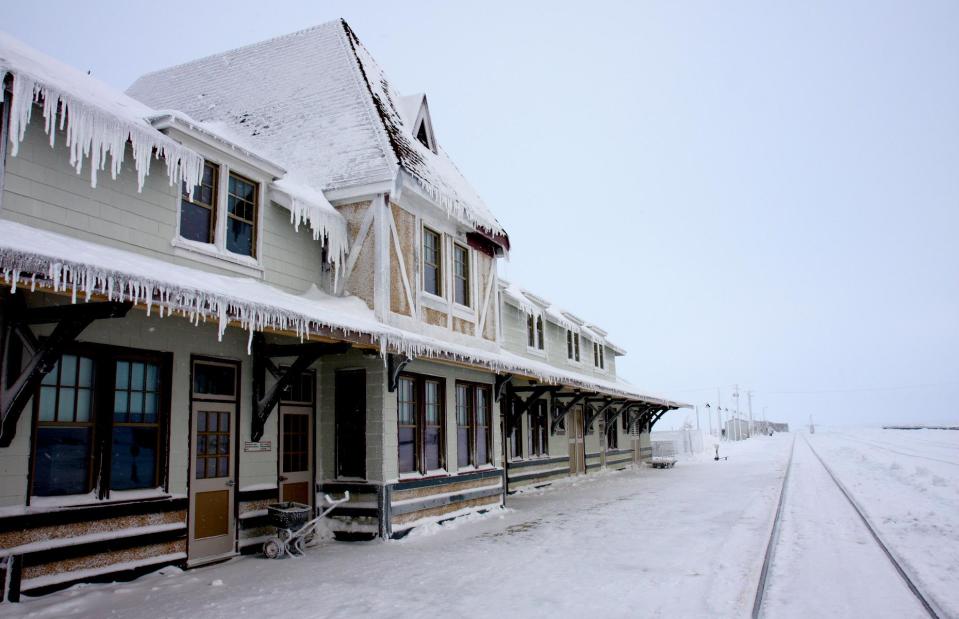
Thomas Barrat/Shutterstock
Spreading out at the edge of Hudson Bay, in the wilds of northern Manitoba, is Churchill – the self-proclaimed 'Polar Bear Capital of the World'. From July through to November, Churchill’s 900-strong population lives alongside these snowy bears, as well as the beluga whales that migrate into the bay in summer. This isolated Canadian bolthole, reached only via train or plane (there are no roads), has also become an unlikely hub for street art.
Iruya, Argentina

La1n/Shutterstock
A narrow gravel road carved into a mountainside leads to Iruya, a lofty village that peers out from the peaks. At an altitude around 9,000 feet (more than 2,700m) above sea level in the Altiplano region, the settlement is known for its pastel buildings, hiking trails, historic church and, of course, the heart-stopping mountain panoramas.
Edinburgh of the Seven Seas, Tristan da Cunha
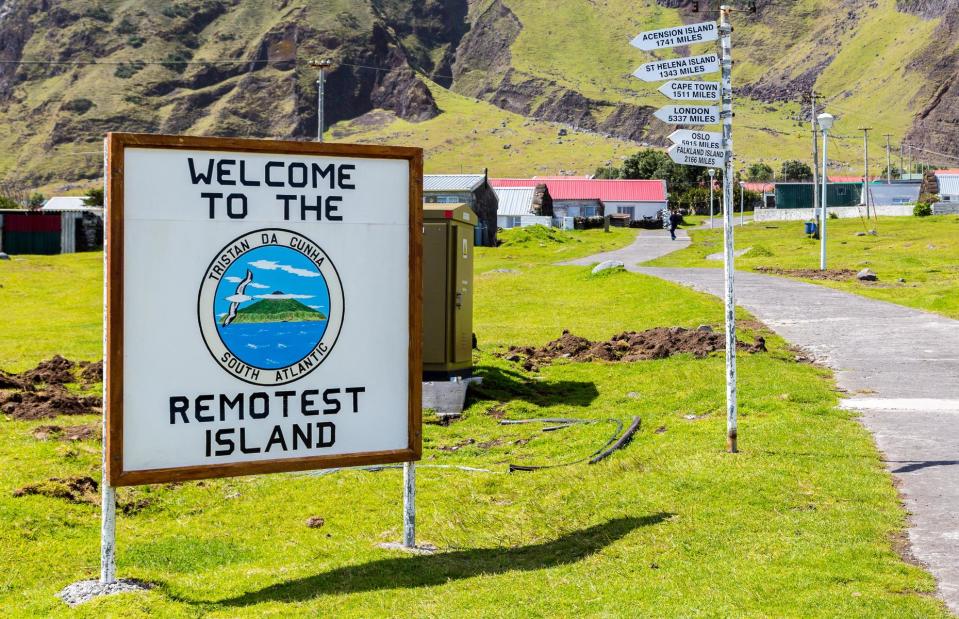
maloff/Shutterstock
It doesn’t get much more remote than this: a settlement on what’s tipped as 'the world’s remotest island'. Just 223 people live on this distant isle, a British Overseas Territory in the South Atlantic, and outsiders need special permission to visit. There’s no landing strip here either, so there’s also the small matter of a six-day boat journey from South Africa. Peaks teeming with wildlife form the town’s backdrop, surrounded by craggy shores and black sand. The town itself is sweet as can be with a pair of churches and a museum in a thatched cottage.
Ocracoke, North Carolina, USA

Malachi Jacobs/Shutterstock
One of the remotest spots in the windswept Outer Banks, the island community of Ocracoke can only be reached by ferry or small plane. The most distinctive feature is the 65-foot (20m) whitewashed lighthouse, which watches over the quaint clapboard houses and the waters of the Ocracoke Inlet and the Pamlico Sound. Beyond the village proper, there are wild ponies and birdlife, plus beaches galore.
Kalpa, Himachal Pradesh, India
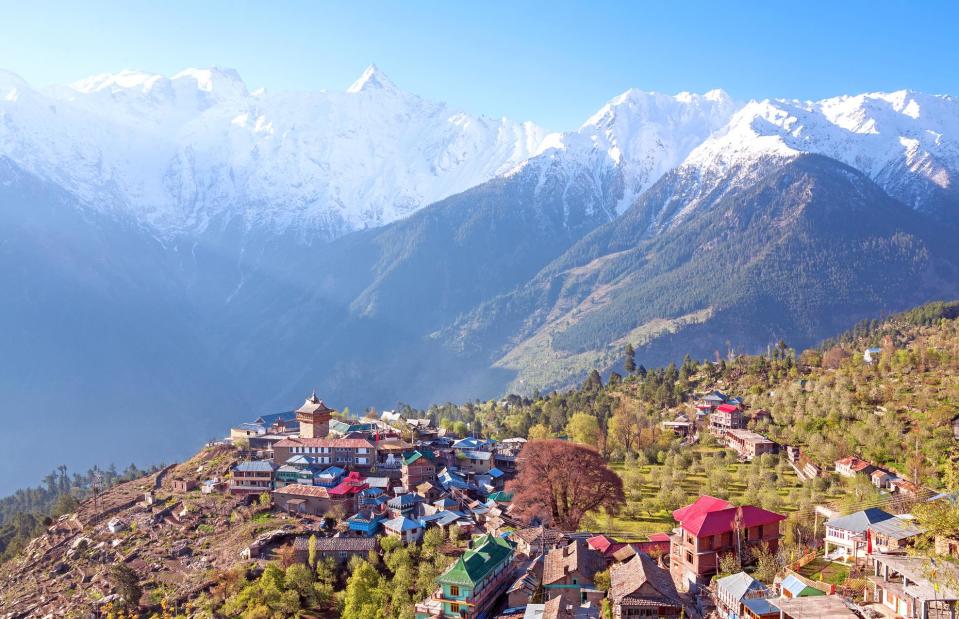
Kiwisoul/Shutterstock
This breathtaking mountain town sits at an elevation of 9,052 feet (2,759m) with soaring peaks rising all around. It’s within kissing distance of Kinnaur Kailash, a colossal mountain that’s believed to be a sacred home of the Hindu deity Shiva. Another head-turner is the seven-storey Sapni Fort and associated temple, with its intricate wood carvings.
Iqaluit, Nunavut, Canada
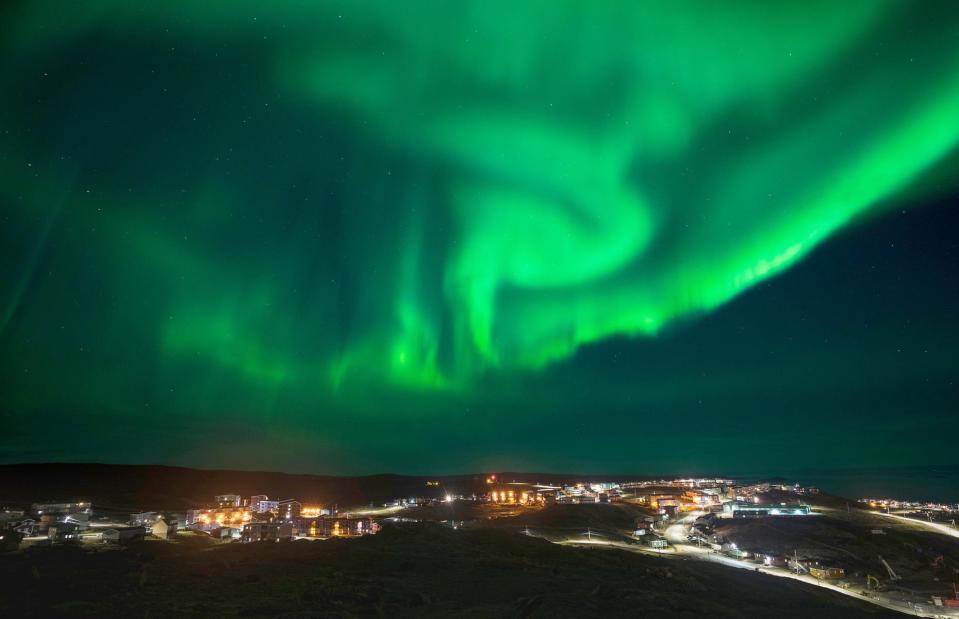
Amantea/Shutterstock
It’s not uncommon to see the Northern Lights dancing overhead in Iqaluit, the capital and sole little city in Nunavut, Canada's Inuit territory. It occupies a stomach-flipping spot on the waterside on Baffin Island, hemmed in by a trio of parks filled with forests, waterfalls and archaeological wonders. Iqaluit is known for its Inuit culture, with a thriving arts and crafts scene and two popular annual festivals.
Longyearbyen, Svalbard, Norway
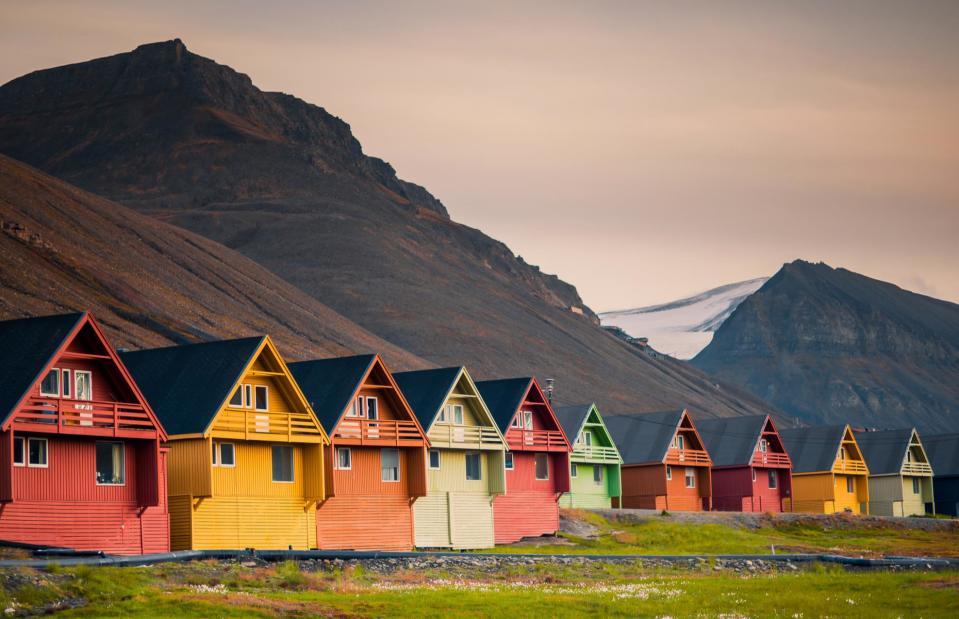
ginger_polina_bublik/Shutterstock
Take a classic Arctic landscape and add in a scattering of brightly-coloured houses, art galleries, plenty of reindeer and a brewery (yes, a brewery) and you’ve got Longyearbyen – a pocket-sized metropolis in Svalbard surrounded by peaks. This is the world’s northernmost settlement with a population of 1,000 or more. The hardy residents share their surroundings with polar bears, and the waters of the Adventfjord with whales.
Supai Village, Arizona, USA

SHoener/Shutterstock
Home to the Havasupai Tribe, this breathtaking village is situated within Havasu Canyon, just beyond the Grand Canyon National Park. The settlement is best known for Havasu Falls, a cascade rushing over rusty red rock and collecting in a gloriously turquoise pool. Some 200 people live alongside the natural wonders here, which are only accessible via hike, helicopter or mule train. To visit the falls, you'll need a highly sought-after permit, as well as a reservation at the campground or lodge.
Inverie, Scotland, UK

RickfordUK/Shutterstock
Only 120 people live on the remote Knoydart Peninsula in the Scottish Highlands, and most of them have settled in the teeny village of Inverie. It’s a smattering of quaint buildings – a tearoom, a snug pub, a few guesthouses and homes – clustered at the edge of Loch Nevis and backed by peaks and forest. Since it’s not connected with the road network, it’s only accessible by hike or by boat, and it made headlines back in 2017 when Chicago Town chartered a helicopter to deliver a chest of frozen pizzas to residents.
Ogimachi, Shirakawa-go, Japan

Bule Sky Studio/Shutterstock
The Shirakawa-go and Gokayama regions of Japan are famous for their historic villages filled with Gassho-style farmhouses – and these picture-perfect homes look like they’re made from gingerbread with their pitched, thatched roofs and neat windows. The biggest of the villages in Shirakawa-go is Ogimachi, which now has museums and restaurants tucked away in its traditional buildings. They sit amid forested mountains and manicured farmland, set out like a patchwork quilt.
Oland, Germany

bluecrayola/Shutterstock
Oland is one of Germany’s Halligen Islands, a smattering of super low-lying islets at the mercy of the tides. Mostly mudflats and marsh, it’s also home to a pint-sized hamlet that’s only accessible via a rickety narrow-gauge railway that routes over the sea, connecting its 16 residents to the mainland. It’s the proud home of the tiniest lighthouse in the country too.
Broken Hill, New South Wales, Australia
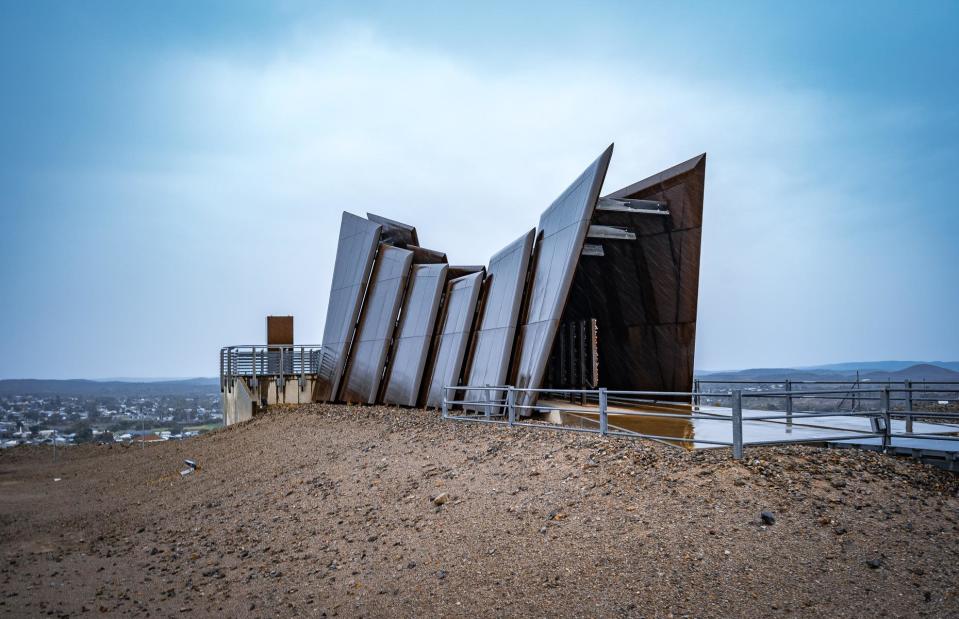
Alex Cimbal/Shutterstock
Another Aussie mining town, Broken Hill is plonked in the New South Wales outback. The community dates back to the 1880s and its compact main street could be plucked straight from a Wild West movie. Beyond the downtown the settlement is a picture of burnt orange, with striking sights such as the Line of Lode Miners Memorial (pictured) – a sculpture remembering the hundreds of workers who died in the mines – breaking up the apricot expanse.
Stepantsminda, Georgia

IgorZh/Shutterstock
Green mountains rise up all around this valley bolthole in the Caucasus, accessible via a rural road that beats its way through the peaks. The town itself spills out along the Terek River and is mostly made up of little guesthouses and restaurants geared towards the tourists who flock to hike the region. The whole scene is presided over by Tsminda Sameba Church, a 14th-century stone monument on a soaring hilltop.
Scobey, Montana, USA

Trevor Manternach/Wikimedia Commons/CC BY-SA 2.0
Big Sky Country has plenty of remote wonders and tiny towns that seem to pop up in the middle of nowhere. Scobey, a little settlement deserted in cattle country, is one of them, and The Washington Post recently tipped it as one of the most remote towns in the contiguous United States. Nosing up to the Canadian border in rural Daniels County, it’s home to Daniels County Museum and Pioneer Town, with antique cars and restored buildings from a bygone era.
Siwa Oasis hamlets, Egypt
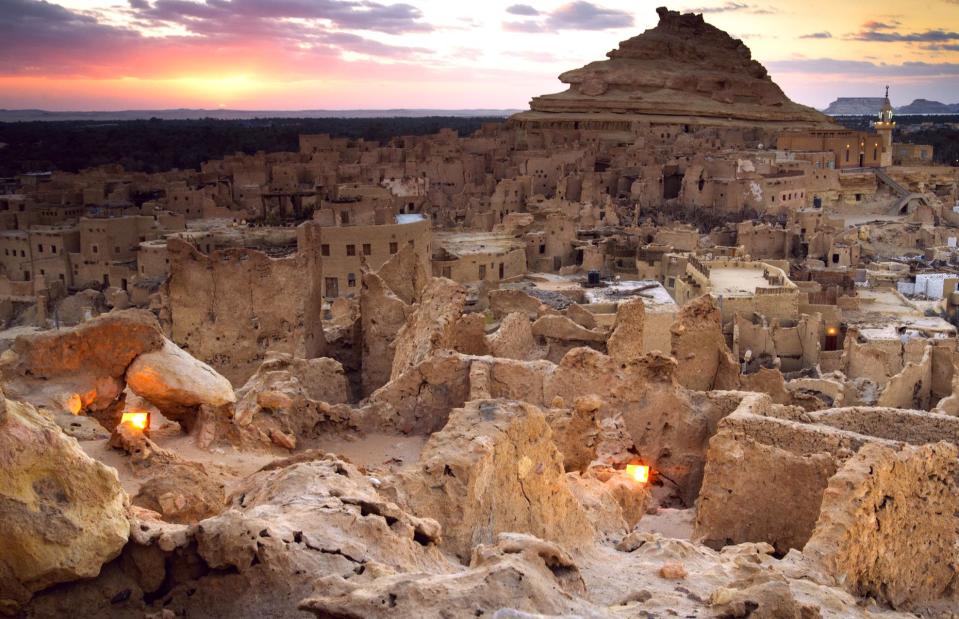
Cherkashin Denis/Shutterstock
In the remote western reaches of Egypt, in the sprawling Western Desert, is Siwa – a fertile oasis flecked with olive trees and springs. It’s estimated that a community of around 30,000 live here, and the Siwi people typically dwell in the mud-brick villages that dot the region. The sprawling ruins of Shali fortress (pictured) dominate the desert pocket. The oasis was once said to host an oracle, supposedly visited by Alexander the Great during his conquest of Egypt.
Telegraph Cove, British Columbia, Canada

Islandwave/Shutterstock
Just 20 people live in Telegraph Cove, a tiny settlement in the north of Vancouver Island wrapped around an inlet. The village once relied upon its fishing and canning industry, but today – despite its remote location – its population typically swells in the summer with visitors seeking a slice of BC's wilderness. Orcas and bears make a home of Telegraph Cove’s surroundings and the waters are usually dotted with kayaks and lined with fisherfolk.
Matapalo, Costa Rica
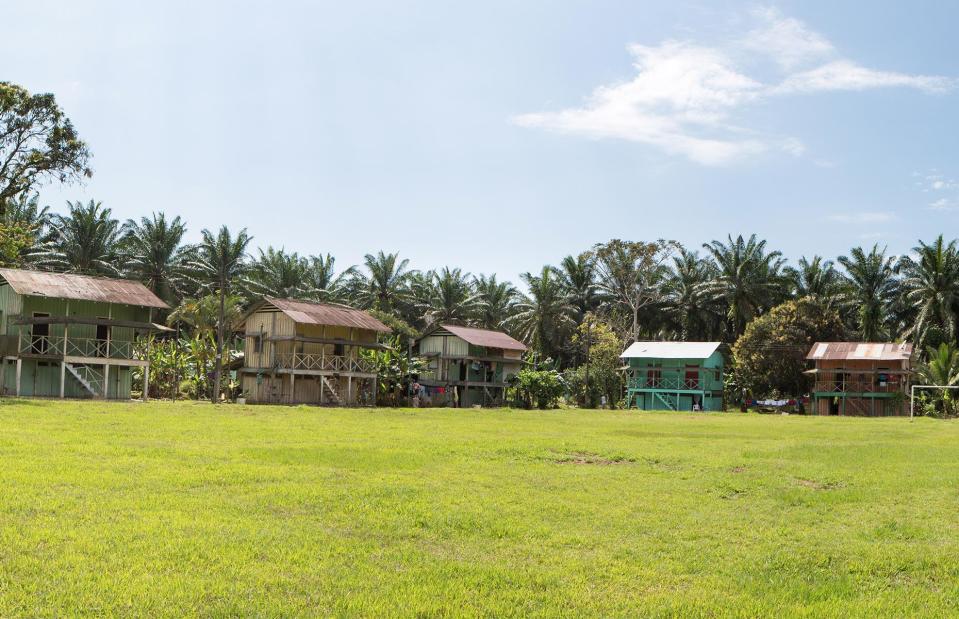
Watch The World/Shutterstock
This mellow beach town sits right at the tip of Costa Rica’s Osa Peninsula, a remote headland covered with rainforest and home to lush Parque Nacional Corcovado. Matapalo itself, reached via a rugged road, is swallowed by forest and fringed by ocean. It's home to surfers who catch waves at the secluded beaches here, while residents revere the colourful local macaws.
Marfa, Texas, USA

Jacque Manaugh/Shutterstock
Despite its location in the Texan desert, Marfa has built something of a reputation for itself. The town is in the far western reaches of the Lonestar State and is known as a kooky, quirky art hub, with creatives moving to its dusty dwellings from all over the States. Galleries have sprung up in all sorts of buildings – from a 1920s ballroom to disused army quarters – and the most famous installation is the lone (fake) Prada storefront that winks at drivers from the roadside.
Adamstown, Pitcairn Islands
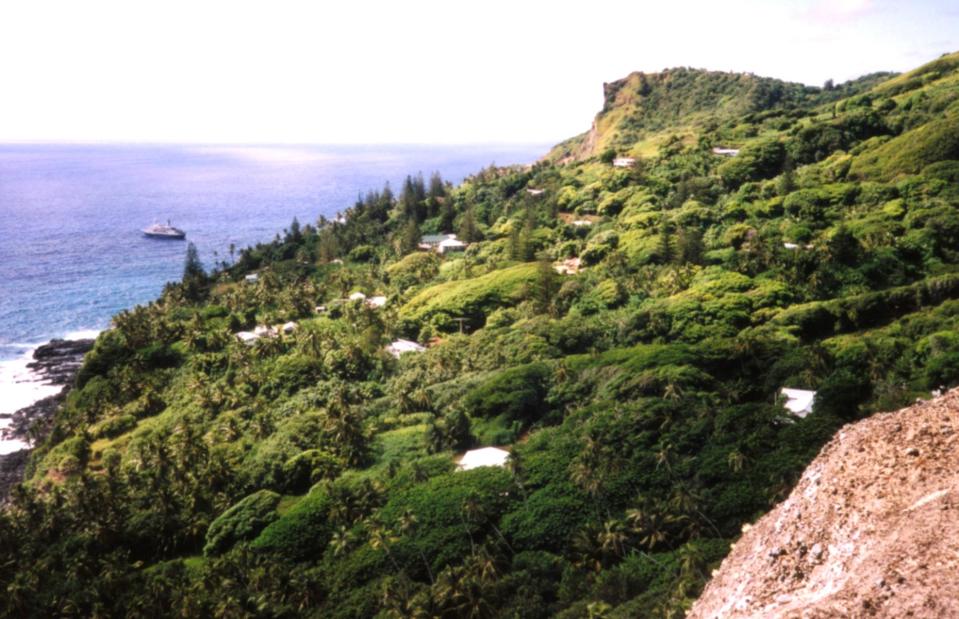
Makemake/Wikimedia Commons/CC BY-SA 3.0
Pitcairn Island, one of a four-strong archipelago, is a dreamy isle and British Overseas Territory in the South Pacific. It’s best known for its natural treasures – waters teeming with tropical fish and coral, and a bounty of birdlife in the hills – but it’s also home to the little village of Adamstown. It’s the sole settlement here, home to some 50 people, and it's every bit the sleepy island village. It has a handful of shops and restaurants along its leafy streets, sweeping views of the ocean, and little else.
Alston, England, UK
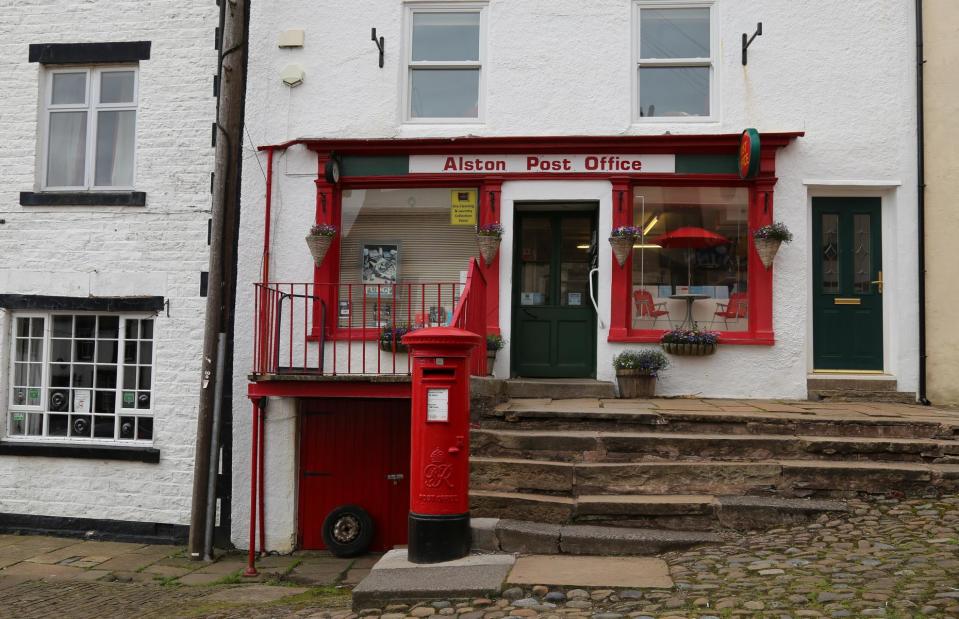
Wozzie/Shutterstock
This English market town is as quaint as can be. It’s folded away in the North Pennines Area of Outstanding Natural Beauty, with sweeping heather moors and forest-edged rivers, and is hailed as one of the highest towns in England (sitting at an elevation of about 1,000 feet/305m). From its lofty perch, it boasts historic stone buildings filled with trinket shops, restaurants and pubs.
Fort Simpson, Northwest Territories, Canada

Simbalia/Shutterstock
Little Fort Simpson, in the Dehcho Region, proudly touts itself as the only village in the Northwest Territories. Its 1,250 residents live on a small island right where the Mackenzie and Liard rivers meet, and the little settlement opens out into the Nahanni National Park Reserve with its peaks, rushing rivers and Indigenous heritage. Back in town, Fort Simpson’s history is written into its 19th-century buildings. This sunset snap shows floatplanes used to access the settlement.
Hanga Roa, Easter Island, Chile

mmtsales/Shutterstock
Hanga Roa is the biggest settlement on Easter Island, an isolated Chilean isle known for its gigantic stone statues called moai. Around 3,000 people live in Hanga Roa, a tangle of palm-lined streets scattered with shops, restaurants and bed and breakfasts. Its rugged shores typically attract divers too.
Homer, Alaska, USA
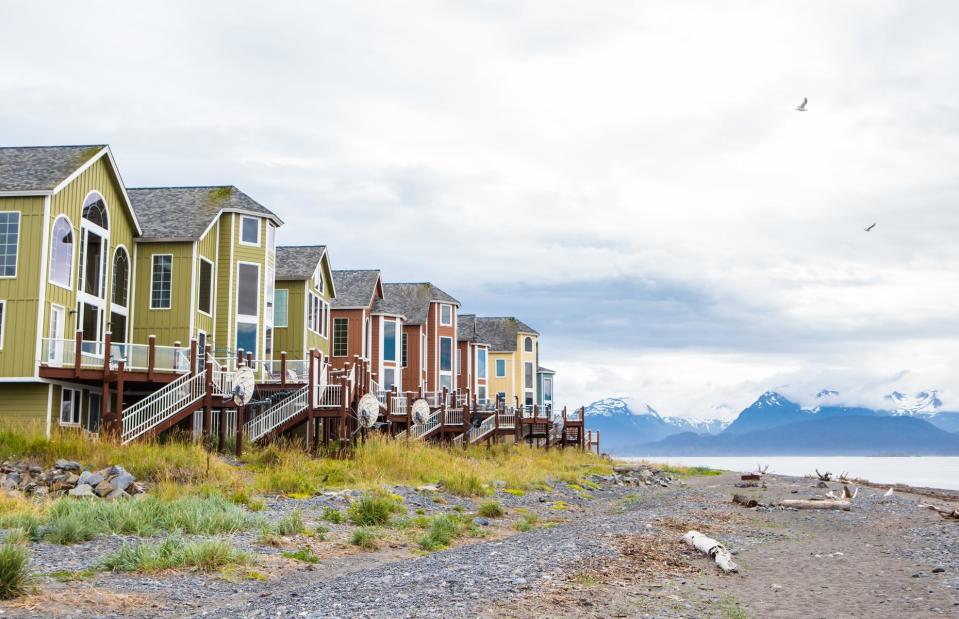
NattyC/Shutterstock
Another outlying bolthole in the Last Frontier, Homer is right at the finish of Sterling Highway, which wriggles through the Alaskan wilderness – hence the town’s common nickname, 'the End of the Road'. The scenic town, with its colourful stilt houses and mountain views, extends along the Homer Spit and juts right out into peak-fringed Kachemak Bay.
Gasadalur, Faroe Islands

ttwu/Shutterstock
Studding the North Atlantic between Norway and Iceland, the Faroe Islands are remote in and of themselves – and Gasadalur, a little village enveloped by mountains, breathes a whole new meaning into the word. It teeters on the edge of westerly Vagar island and, until 2004, was only linked to the rest of the Faroes via a lofty mountain track. Today a tunnel routes through to the little hamlet, with its pint-sized guesthouses, cafe and waterfall crashing into the sea.
South Georgia
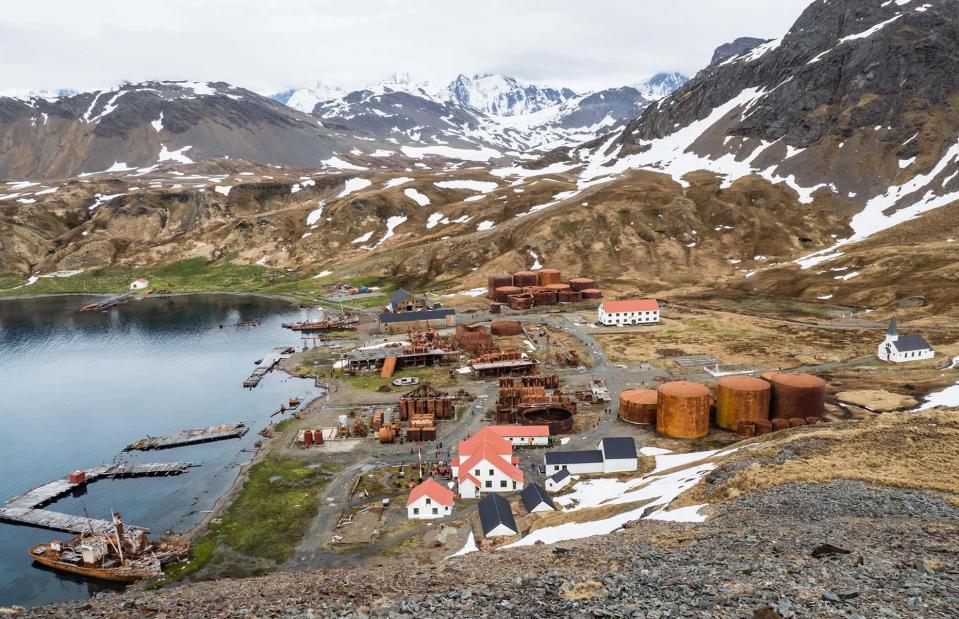
robertharding/Alamy
The island of South Georgia feels like the end of the Earth. It’s perhaps a stretch to call this one a town per se, but 'remote' it very much is. The British Overseas Territory lies just north of Antarctica and, save from seals and penguins, there are no permanent inhabitants here. There is, however, a seasonal museum, which staff must reach via cruise ship or fishing patrol boat.
Eskifjordur, Iceland

Boyloso/Shutterstock
If asked to imagine a remote Icelandic settlement, you’d probably come up with something that looked a lot like Eskifjordur. This petite fishing town in Iceland’s far east has all the usual charms: colourful buildings reflected in still waters, a necklace of rugged peaks and a handful of cute seafood spots. It’s reached via road, with stark, volcanic scenery opening out on either side and views of the towering Holmatindur mountain.


